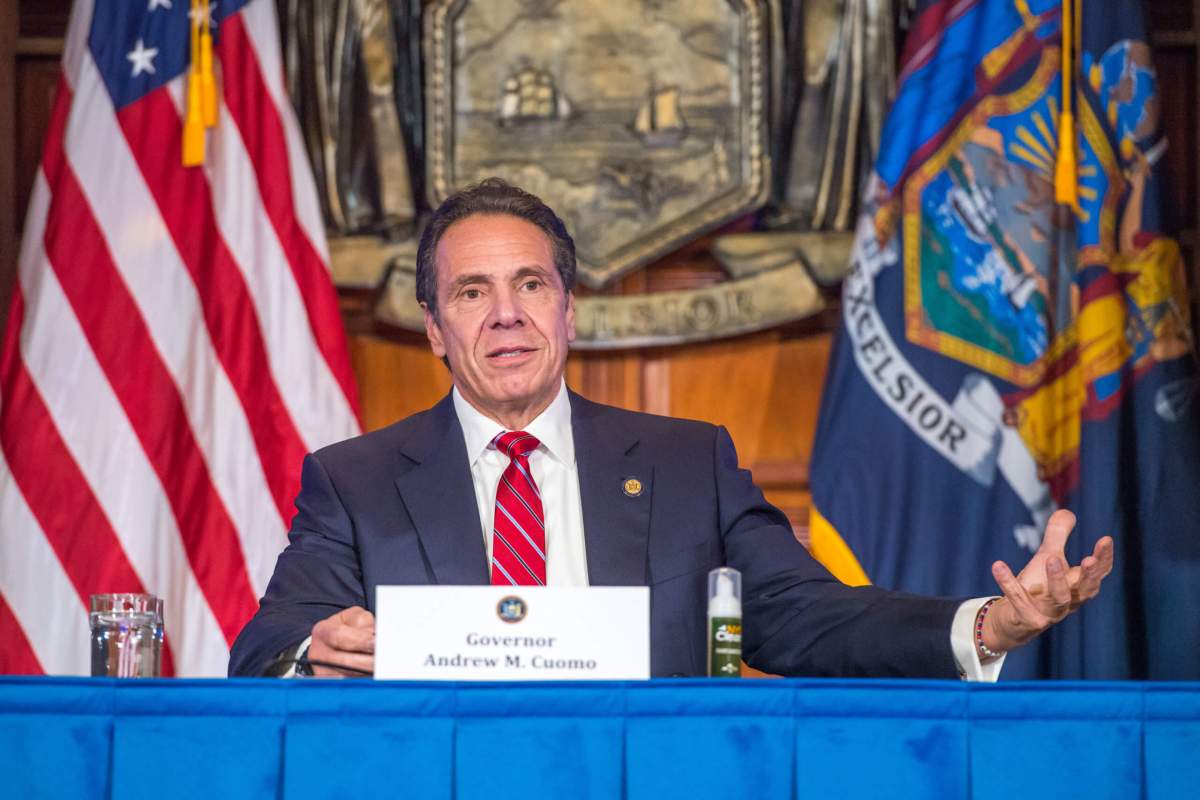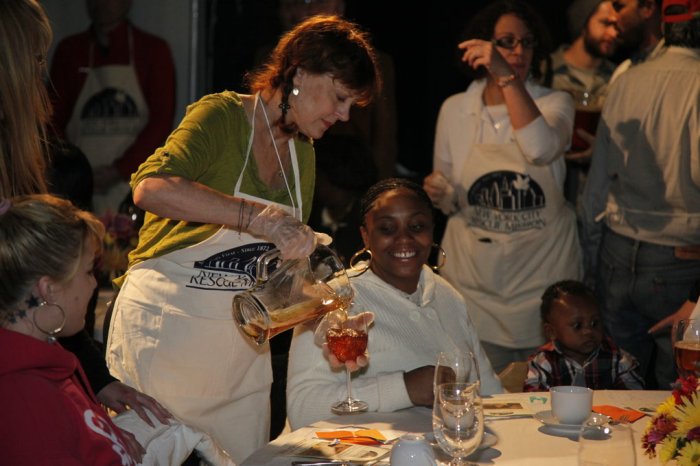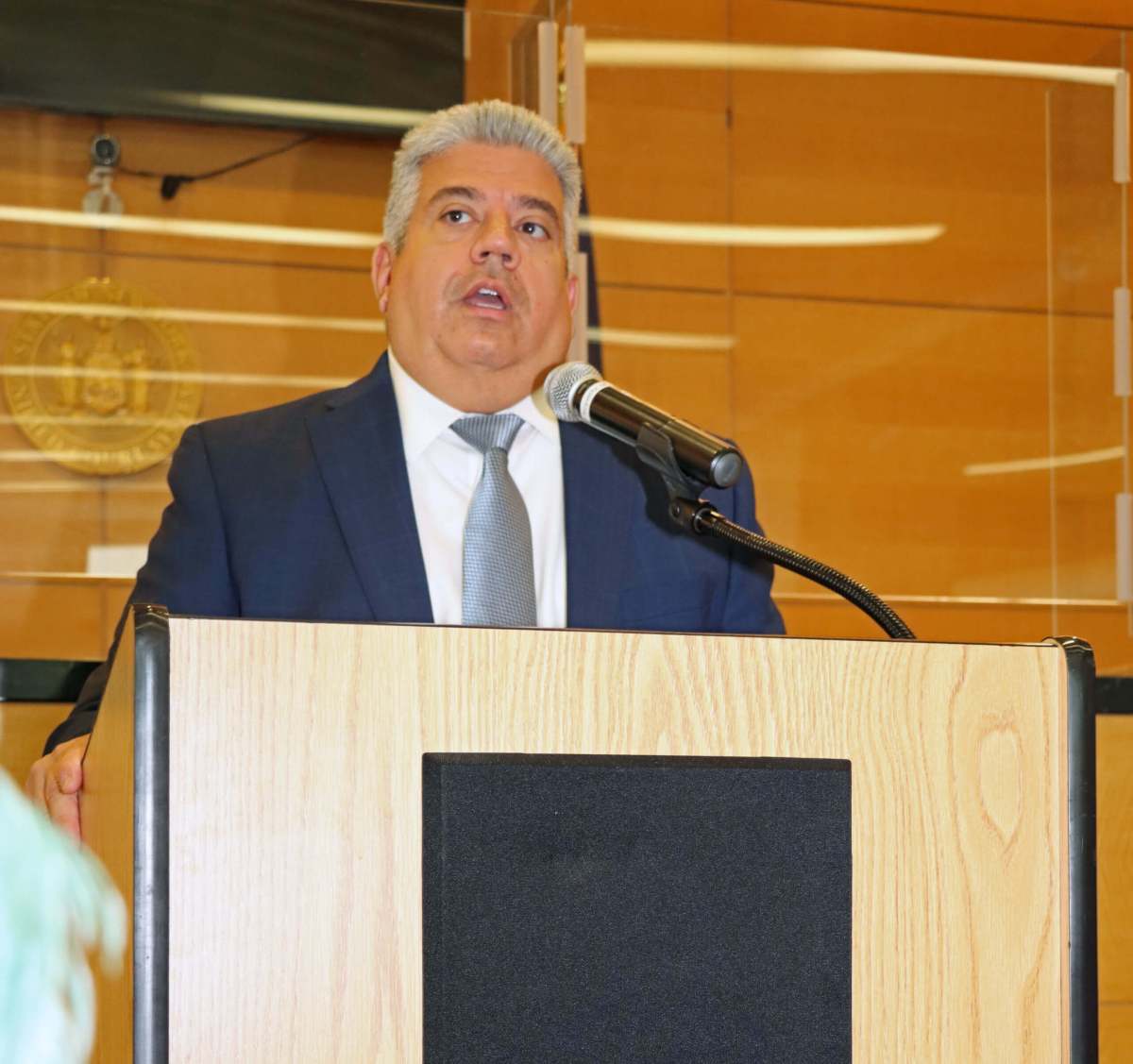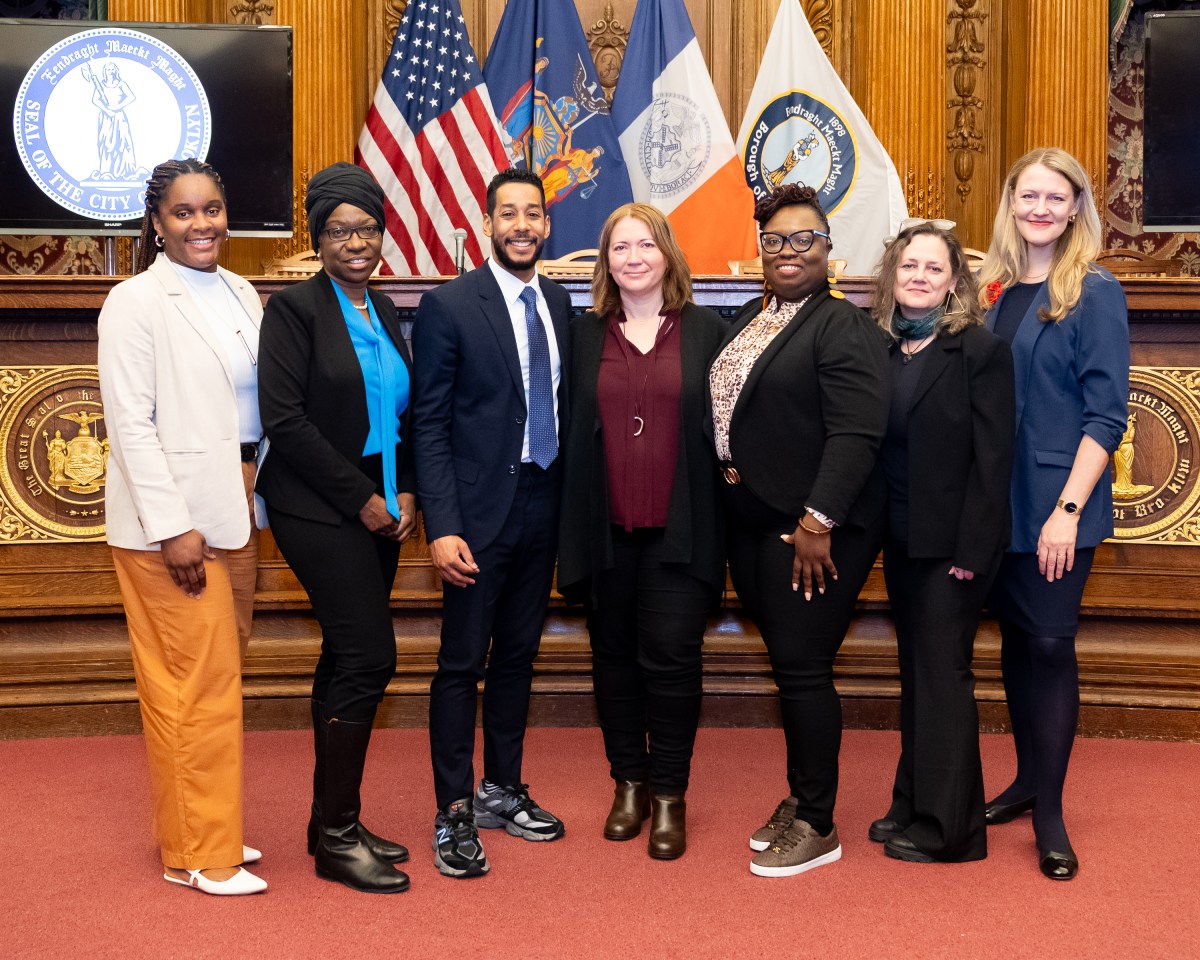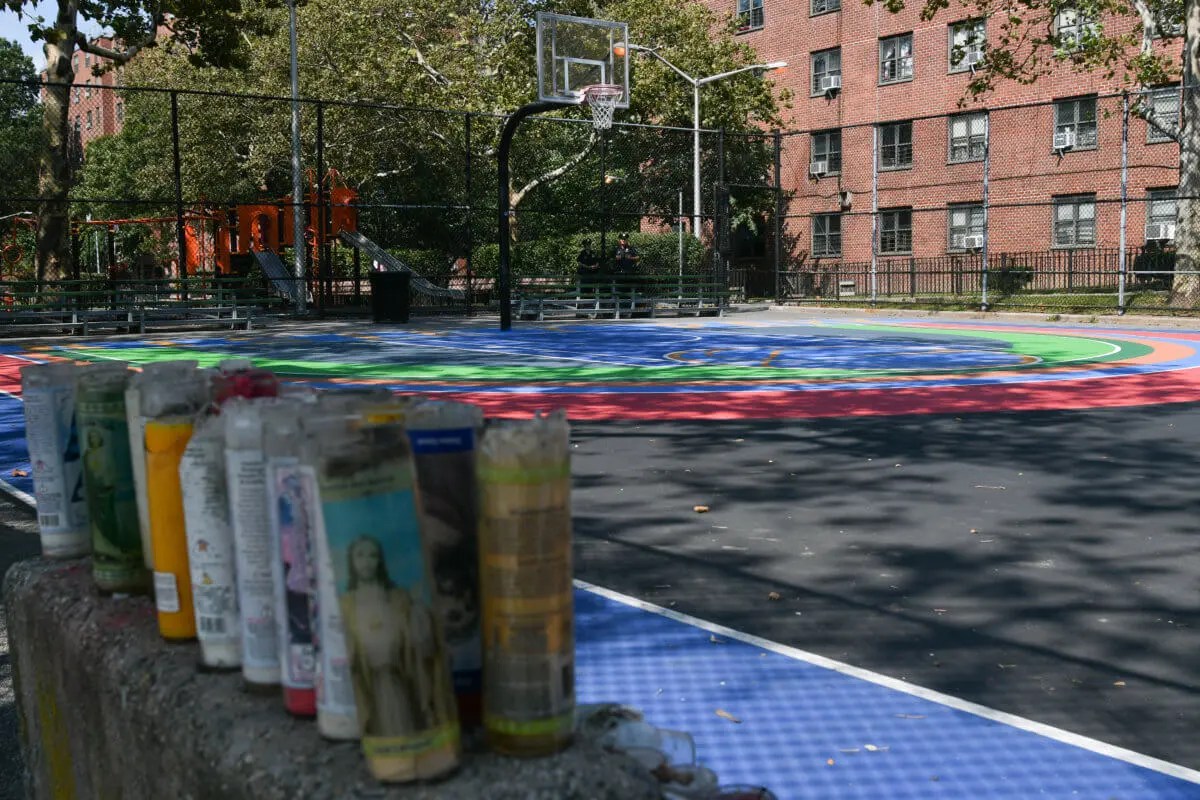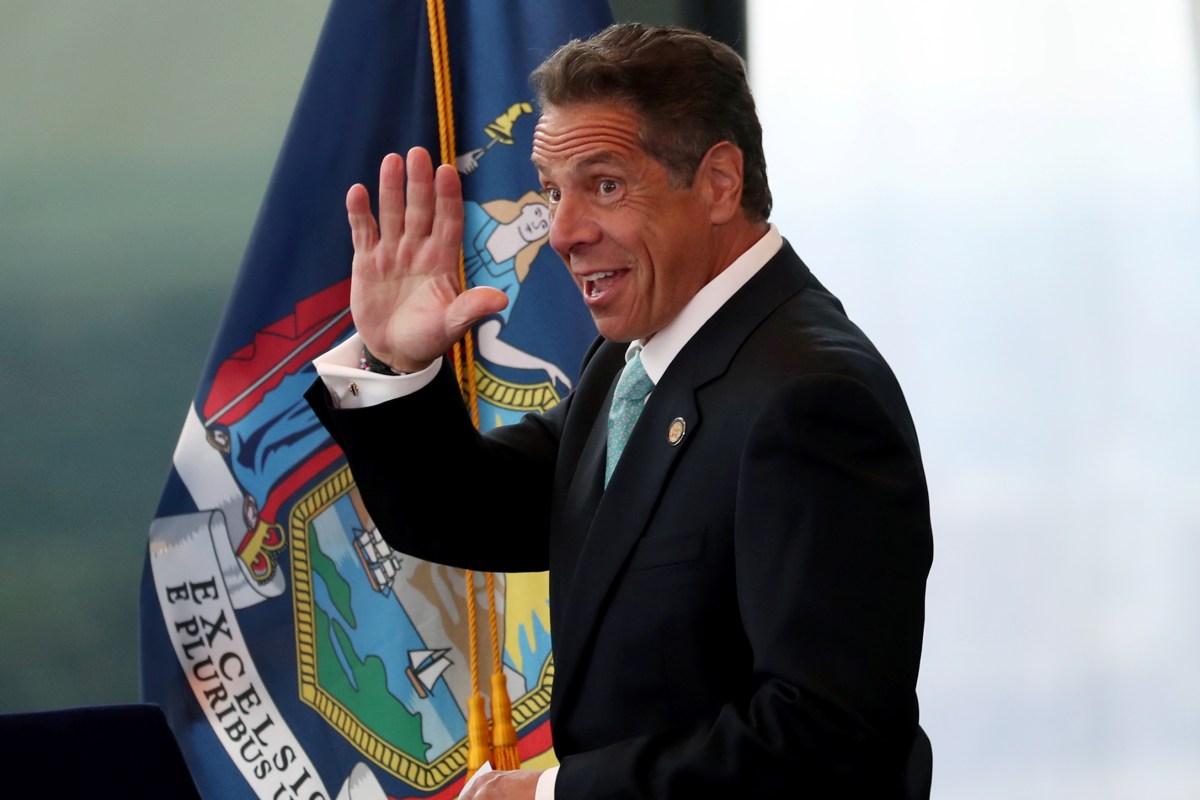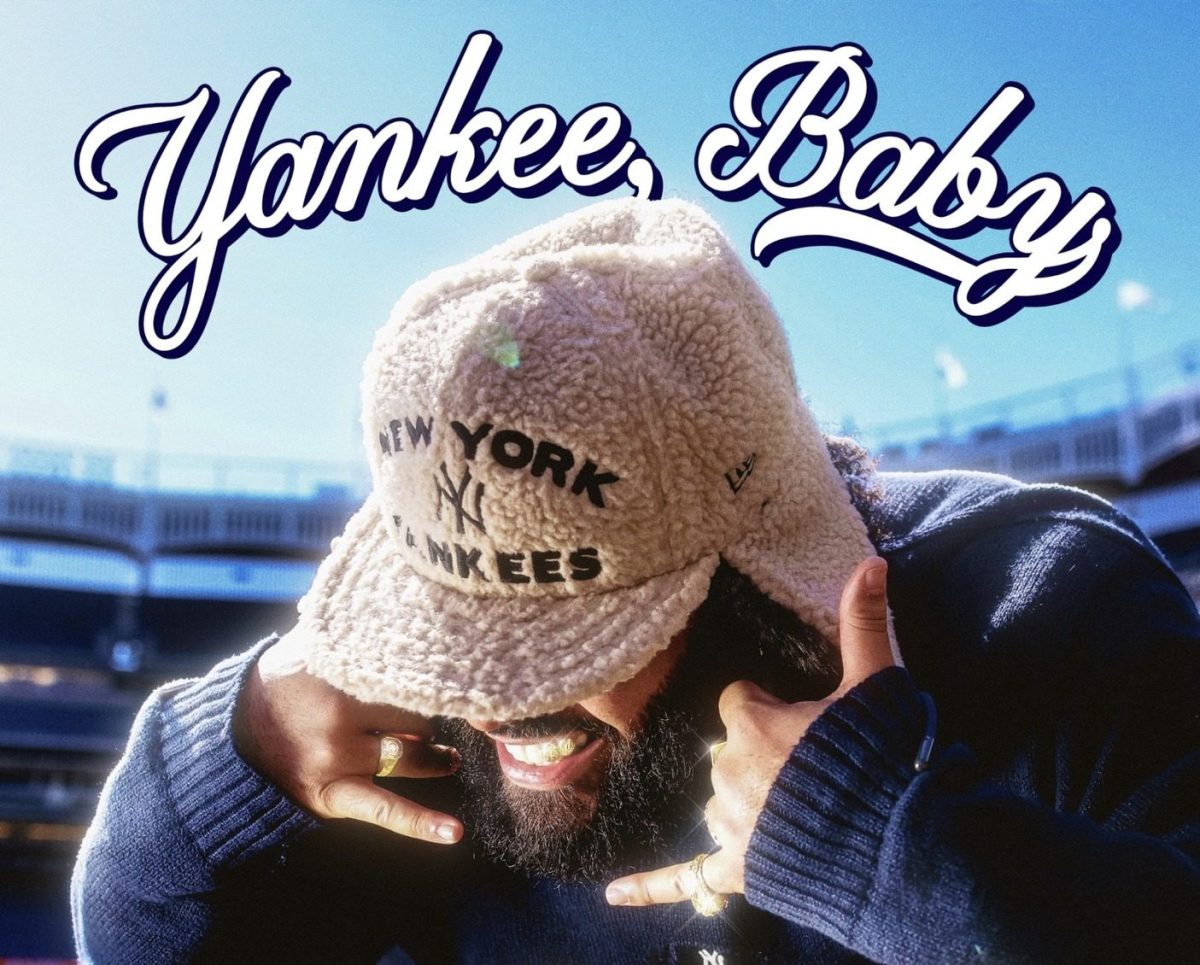While Mayor Bill de Blasio warned on Friday that New York City might find itself designated an “orange zone” in early December due to the steady rise in COVID-19 cases, Governor Andrew Cuomo suggested that wasn’t an absolute certainty.
The city’s COVID-19 cases have been going up for weeks now, with the 7-day positivity rate average exceeding the 3% threshold that triggered an automatic closure of public schools as of Nov. 19. Under state parameters, an area of New York that sees a 7-day positivity rate average of 3% for 10 straight days would be subject for an “orange zone” declaration — which would bring about a wave of new restrictions such as an interruption of indoor dining and a 10-person limit on all public gatherings.
But at his conference call with reporters on Nov. 20, Cuomo stated that while the city is experiencing a slow and steady growth in COVID-19 cases, it is not clear whether the entire five boroughs would be declared an orange zone.
The state, Cuomo said, would likely continue its “micro-cluster” strategy targeting communities where COVID-19 cases have surged rather than classify an entire city or region into a red, orange or yellow zone. That would confine restrictions only to those areas where the virus is spiking.
But the when and where new zones are created remains unknown, and dependent on how well people follow COVID-19 protective guidelines and regulations.
“I don’t have a crystal ball,” the governor said. “I’m not in the prophecy business. It’s going to depend on what we do.”
Cuomo reiterated his concern about a post-Thanksgiving spike in COVID-19 cases, and others that might occur during the holiday season, when social gatherings are more frequent — and people tend to let their guard down among family.
“It is the socialization that is the problem, and socialization is human behavior, and human behavior is what this is all about,” Cuomo said. “So we are on guard, but it depends on what we do. And then again, with the micro-clusters, it depends on what the locality does.”
The governor said the state’s micro-cluster approach has proven effective in turning around other clusters that have developed this fall, such as in southern Brooklyn and upstate Broome County.
Secretary to the Governor Melissa DeRosa reiterated Cuomo’s remarks, adding that the new restrictions imposed in limiting indoor dining and gym hours, as well as capping household gatherings to no more than 10 people, have also helped slow the spread.
“We determine whether or not we have to be in a position to create additional micro-clusters based on what New Yorkers do in the next week or two,” DeRosa added. “It is not a fait accompli.”
Meanwhile, New York state reported another record high in COVID-19 test results, with 205,000 recorded on Nov. 19. The state’s overall positivity rate is 2.15%, which is down from 2.3%.
Approximately 2,348 New Yorkers are hospitalized with COVID-19, with 445 in intensive care and 205 on intubation. Thirty-two COVID-19 patients died in the Empire State on Nov. 19.
Cuomo also stressed that the spread of COVID-19 has been much slower than in other states. New York continues to have the fourth-lowest 7-day COVID-19 positivity average in the country, behind only Hawaii, Maine and Vermont. The hospitalization rate is also one-ninth of the more than 18,000 people hospitalized for COVID-19 in New York back in April.
“Our numbers went up because they’re all going up [across the U.S.], but they’re all going up from a base that is much lower, and they’re going up much slower because the strategy and the rules work,” Cuomo said. “And if we maintain that strategy and the rules, the numbers will stay low.”



